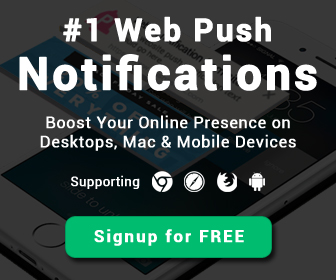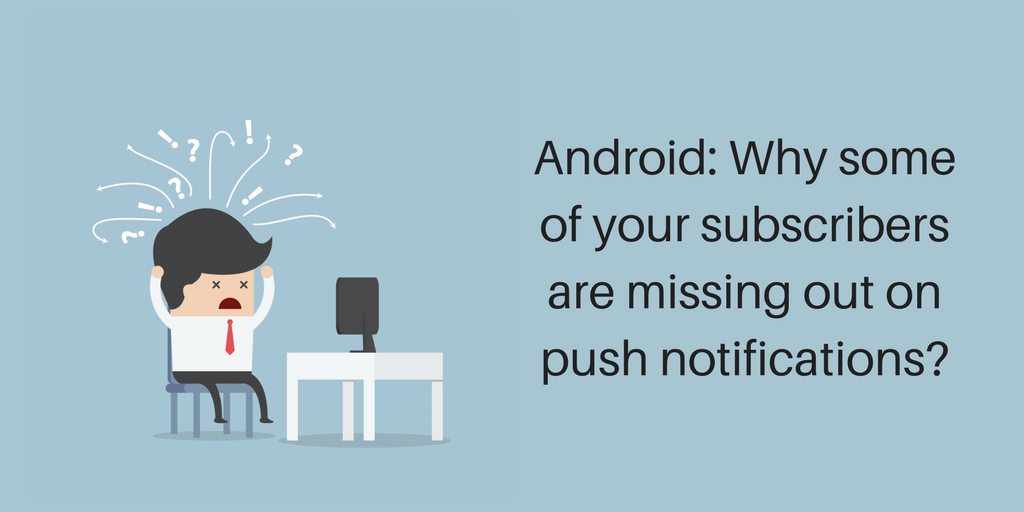
In recent times digital marketing has faced a lot of transformations. It has evolved as per the consumer needs, preferences, attention spans, and use of devices. Hence, industries must promote products keeping these things in mind and also change their marketing strategy accordingly.
Today, all brands are in the quest of acquiring new customers and achieving higher ROI. For this, they communicate with their potential audience on various platforms using several impressive channels. But with the advent of new technologies, deciding a right communication medium has become a big headache for all bosses. Email has been the most opted tool even in current market scenarios. Push notification is one such tool that has gained huge popularity in short span of time.
This article highlights the pros and cons of most widely used marketing tool, emails and web push notifications. Here is the comparison between push notifications based on some critical factors:
Push Notifications: One Click Subscription
When it comes to subscriptions, users prefer push notifications over emails. Why?
Because it’s time-saving and easy to subscribe with just a single click. Take a look at steps involved in email and push subscriptions.
Steps involved in email subscriptions:
- Receive a pop-up
- Click the email field
- Decide which email address to insert. (Nowadays users normally have multiple email ids)
- Type the email address
- Hit submit
Steps involved in push subscriptions:
- Receive an opt-in dialog box asking for subscription permission
- Hit Allow and that’s it. Ready to receive notifications
Message Delivery
Push notifications are delivered instantly, in real-time on the user’s desktop screen or in the mobile notification tray. Unlike email, where the message might not be delivered or end up in the spam folder of the users.
Customer Opt-In Rates
Subscription or Opt-in rate is very crucial from the marketing point of view. It signifies the section of users, who relate with your product and subscribe to hear from you in the future. They might be interested in your products or content and hence, give their consent to send push notifications or an email.
Speaking about Opt-in rates, push notifications are 15 times more effective as compared to emails. They pose a striking opt-in rate of 65 to 70 %. With more than 40% iOS users and more than 75% Android users on mobile devices, there is absolutely no doubt that push notifications are more effective communication platform. Web Push Notifications also have an impressive statistics of almost 85% Opt-in rate
On the other hand, Email opt-in rate is only 2 to 5% on an average.
Website Click-Through Rate
Website click-through rate depicts the number of customers that were interested in the message you sent. It gives you the information about the people who read your message and interacted with it for more information or in some cases, went ahead to buy the product.
In terms of click-through rate push notifications are 7 times more profitable than emails. Normally, 18 -21% users who receive a push notification click the included link. Whereas, email has a far less inspiring result of 2-3%. Please note that click-through rate may vary as per the industry.
Response Time
On an average, 30-40 % of subscribers relate with the for push notifications instantly, resulting in higher reach and engagement. Paired with an outstanding personalization push messaging offers, it appears to be the growth hacking tool of high efficiency.
Email is far less influential with the average response time of 6.5 hours.
It is quite clear that push notifications are much better when it comes to delivering results. Marketers need to come to the terms with these facts. Emails are long gone and there is a quite a lot of dependency in it, which is exactly why they are unable to deliver results against the challenges of the dynamic world.




.png)
.png)
.png)
.png)
